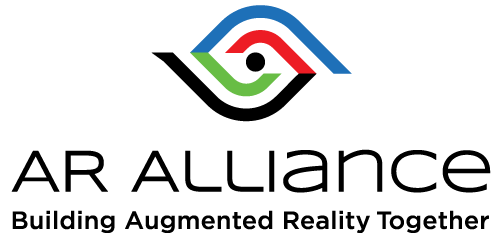Below is the list of active workgroups for the AR Alliance. Each Workgroup is dedicated to specific areas of focus in the AR industry and new workgroups are being formed continually. Our member-driven committees play a vital role in shaping the direction and success of our industry, as they are responsible for driving initiatives, making strategic decisions, and addressing key issues. Whether you are interested in joining a committee or simply want to learn more about the important work they do, this page is your gateway to exploring the diverse range of committees that contribute to our mission.
Safety Standards Working Group
The purpose of the Safety Standards WG is to educate alliance members on UL’s safety standard on AR, VR, MR equipment (UL8400) and also to help members actively participate in the drafting of the next edition of UL’s Standard. We will also educate members on ISO/IEC’s new standard, 5927.
Chair – Michelle Hua, Renew Optics – safetystandards-chair@theARAlliance.org
Image Quality Metrics, Methods and Measurements Working Group (IQM3)
Image Quality (IQ) is a crucial factor in assessing the performance of Augmented Reality (AR) devices. To ensure accurate evaluation and identify reasons for poor image quality results, using correct IQ metrics, specialized methodologies, and tools are needed. Given the complexity of applying these, the IQM3 Committee is established to standardize the image quality evaluation process and encourage industry collaboration and best practices sharing. Led by OptoFidelity, renowned for its expertise in defining metrics and methodologies for precise, reproducible image quality testing, the committee invites all AR ecosystem stakeholders to contribute
Chair – Murat Deveci, Optofidelity – IQM3-chair@theARAlliance.org
Light Augmented Reality (AR) Protocol Standardization
Light AR refers to an AR system architecture where the AR glasses function as a companion device. They rely on a “smarter” device, like a smartphone or tablet, to handle the main application processing. The glasses simply receive instructions, display content, and capture sensor data. In this “Master/Slave” architecture, communication between the glasses and the main device is crucial. A standardized protocol ensures compatibility, efficiency and ease of development, which is key for addressing the mass market. The working group will define and establish this Light AR protocol, promoting its widespread adoption within the AR industry.
Chair – Xavier Bonjour, MICROOLED – LightAR-chair@theARAlliance.org
Accessibility Working Group
Accessibility (AX) is key to ensuring that devices and products are usable by as many people as possible, regardless of physical or cognitive differences. Although there are extensive AX guidelines for digital content on traditional displays (such as the Web Content Accessibility Guidelines), see-through AR (STAR) displays pose unique challenges for visual accessibility, and, to our knowledge, there are no published industry best practices for AR devices. The AR Alliance has an opportunity to guide the AR industry towards accessible design decisions for the ~20% of people with AR-relevant disabilities.
Chair – Jasmine Sears, – META – Accessibility-chair@theARAlliance.org

